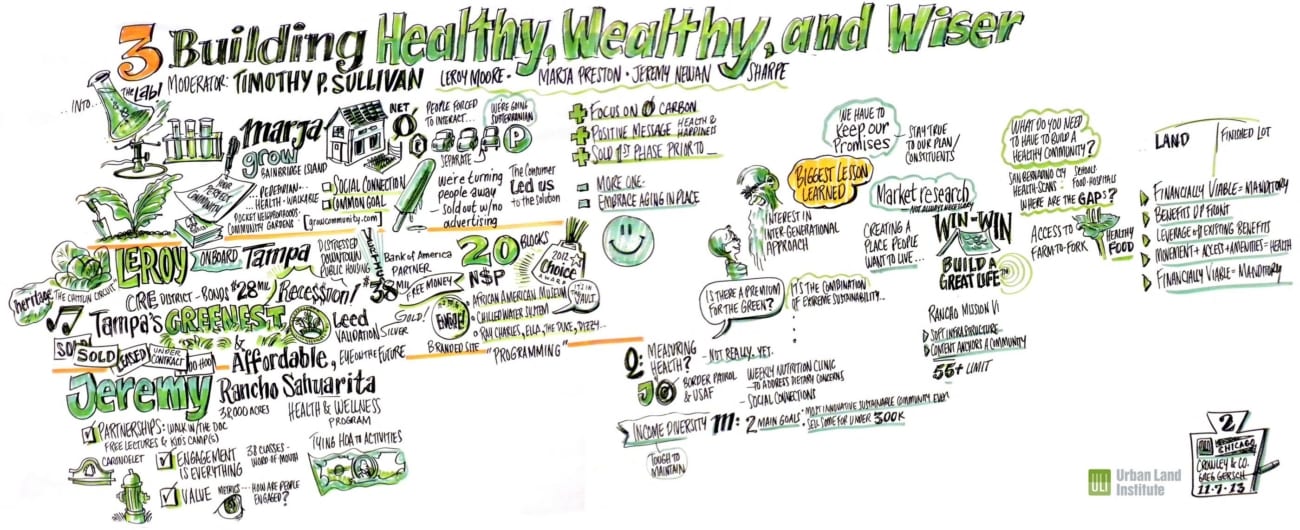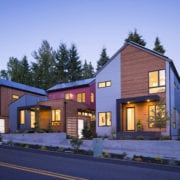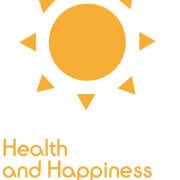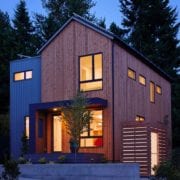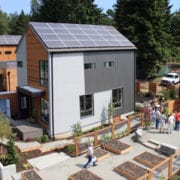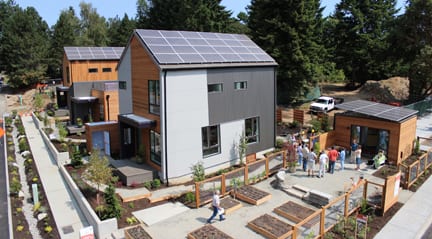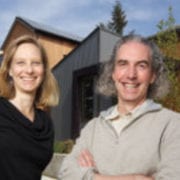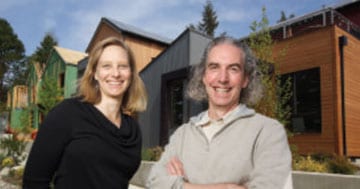At Grow, we believe that what we do now affects future generations, so we’re trying to build a community that respects the resource and cultural needs of future generations. In this category we will be spotlighting forward thinking technologies and concepts being utilized at Grow, and in the wider sustainable development community.
BioRegional Launch a Major New Sustainable Consumption and Production Report
/in Activist Development, Building The Future, Construction Updates, Design, Designing Health, Form & Function, Grow News, Life At Grow, News, News at Grow, One Planet Living, The Homes /by Grow TeamBioRegional, creators of the One Planet concept, have recently launched a major report about Sustainable Consumption and Production (SCP). The report is a significant NGO contribution to the UN debate on a set of sustainable development goals due to succeed the well-known Millennium Development Goals (to be fulfilled by 2015). BioRegional CEO Sue Riddlestone was recently given the opportunity to present this report to representatives of several dozen governments of countries around the world gathered at the United Nations in New York.
Major new report, authored by BioRegional, on sustainable consumption and production:
- This published paper makes the case for why sustainable consumption and production (SCP) should be integrated into the post-2015 development agenda, as well as setting out practical proposals for what SCP-related targets might be, divided among the likely themes for post-2015 goals.
- It is evidence-based, drawing on the latest literature and evidence to explain why achieving sustainable development demands a decisive, global shift to sustainable consumption and production. The paper aims to increase collaboration within civil society and with other actors on this agenda.
- It calls for nations to adopt 28 different targets related to SCP, organised under five key themes for sustainable development goals and covering the period 2015-2030. One or more indicators is given for each target.
- The report was produced by BioRegional, as they are the Beyond 2015 focal point on Sustainable Production and Consumption, with input from the following organizations: WWF-UK;Christian Aid; Bond; Save the Children; Progressio; Practical Action; Friends of the Earth; Cafod; Tearfund; Population Institute; One Earth; Tellus Institute; Integrative Strategies Forum; Institute for Global Environmental Strategies.
Click here to read the report here.
What to Expect in the Next Grow Neighborhood?
/in Activist Development, Building The Future, Construction Updates, Design, Designing Health, Form & Function, Grow News, Life At Grow, News, News at Grow, One Planet Living, The Homes /by Grow Team Grow Community will not be complete until all three neighborhoods are constructed. While the first neighborhood is finishing up, the Grow Team has been busy redesigning the next two neighborhoods. These next phases will complete the trail system, add a building for community gathering and even more gardens and open space. A fun fact: out of the 5 acres that make up the next two neighborhoods, 3 acres will be green space. More places to run, play, garden and connect!
Grow Community will not be complete until all three neighborhoods are constructed. While the first neighborhood is finishing up, the Grow Team has been busy redesigning the next two neighborhoods. These next phases will complete the trail system, add a building for community gathering and even more gardens and open space. A fun fact: out of the 5 acres that make up the next two neighborhoods, 3 acres will be green space. More places to run, play, garden and connect!
We anticipate beginning construction on the second neighborhood this next summer. Stay tuned for more opportunities to participate in the design of open spaces in early 2014.
Click here to read the recent article in the Bainbridge Island Review about this next phase.
Visual notes on building a healthy community at Grow
/in Activist Development, Building The Future, Carbon Free, Designing Health, Grow News, News, News at Grow, One Planet Living /by Grow TeamWishing you health and abundance
/in 5 Minute Lifestyle, Activist Development, Building The Future, Carbon Free, Designing Health, Energy, Grow News, News, News at Grow, One Planet Living, Transportation, Water & Waste /by Grow Team The Grow team would like to express our gratitude for the amazing community of Grow Bainbridge. On this day of giving thanks we want to let you know that we are truly grateful for all we have learned from everyone who has touched our lives through this community over the last year.
The Grow team would like to express our gratitude for the amazing community of Grow Bainbridge. On this day of giving thanks we want to let you know that we are truly grateful for all we have learned from everyone who has touched our lives through this community over the last year.
We want to extend a special thank you to all of the new and soon to be residents at Grow. We are excited, amazed, and humbled by the patience and dedication of the residents who have moved in to this community. Excited to meet each and every amazing personality, humbled by the commitment to sustainable living, and most grateful for the patience of all who waited so long to move in to their homes.
We wish for all of you a joyful holiday, a day of health and abundance.
All the best,
The Grow Team
Is This The Most Sustainable Neighborhood In The U.S.? – Fast Company
/in 5 Minute Lifestyle, Activist Development, Building The Future, Carbon Free, Designing Health, Energy, Grow News, News, News at Grow, One Planet Living, Transportation, Water & Waste /by Grow TeamFast Company | November 13, 2013 | Adele Peters
A new neighborhood on Bainbridge Island, Washington, has all the aspects of a resilient community–like net zero homes, community gardens, and car sharing–built in from the beginning.
A new urban neighborhood on Bainbridge Island, Washington, is arguably the most resilient–and healthiest–in the entire United States. Grow Community is not the first place to have net zero energy homes, community gardens, carsharing, or any of its other features, but it’s the first community to have all of those features, by design, from its inception.
Each home in the new development, from apartments to single-family homes, can run entirely on solar power. The ultra-efficient buildings are insulated to save energy, and include heat pumps and heat recovery ventilators. Wood siding comes from local, sustainably managed forests. But green buildings are only a small part of the community’s design.

“The average footprint for food and transportation is three times the footprint of a home,” says Jonathan Davis, the architect who led the project. Both were considered as integral parts of the development. The location was carefully chosen to be a short walk or bike ride from the ferry to Seattle or nearby shops. Residents will have access to community bikes and a shared fleet of cars–the first car being a Nissan Leaf that plugs into its own dedicated solar panel. Those moving to the area bringing their own vehicles may want to consider getting a car or motorcycle shipping quote to help them figure out the cost of transporting their vehicles during their busy move.
The homes are bordered by community vegetable gardens and fruit trees, and residents will also have the chance to participate in a working farm within walking distance.
The design also aims to help neighbors actually meet each other. The site is divided up into “microhoods” that are grouped around a common yard, and each of the grouping is connected by a series of pathways. No one can drive home; the parking lot is deliberately remote so that people have to walk home, and have the chance to run into each other. Each home has a front porch, and the common yards have community gardens and other shared spaces for people to interact.
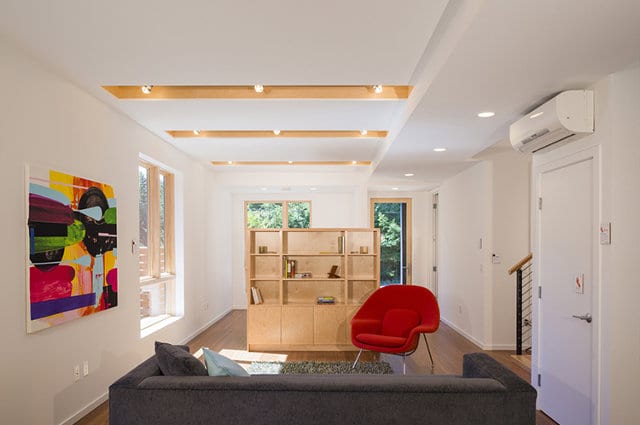
Right now, the development is partially completed–22 out of 24 single-family homes are underway or finished, and construction will begin shortly on two small apartment buildings. Eight homes are occupied. The new residents include the architect and his own family. “Someone recently said it must be like my own personal Sim City, and it is,” Davis says, as he watches his creation unfold.
The development is the first in the U.S. to meet the stringent requirements of the One Planet Living program. “It’s a really big-picture look at sustainability,” Davis says. “In a way, Grow Community provides an easy basis for everyone living there to reduce their environmental footprint.”
Building a Healthy Community from the Inside Out
/in Building The Future, Carbon Free, Design, Designing Health, Form & Function, Grow News, News, News at Grow, One Planet Living, The Homes /by Grow TeamPremier Builder Magazine
July/August 2013
Two years ago, the Asani/PHC team of architects, builders and developers set out to design a Net Zero energy home using local and sustainable materials, all with a construction budget under $150/square foot. These homes are part of the new One Planet Community (one of 8 in the world) on Bainbridge Island – a Zero Carbon neighborhood of homes that is affordable to young families and baby boomers alike.
 The new homes at Grow Community are not just net zero energy homes, they are part of a neighborhood where residents will be able to reduce their overall carbon footprint – that is, the impact from buildings, transportation, and food to name a few. The homes are part of a One Planet Neighborhood, homes where it is easy, fun and affordable to live a lifestyle where our impact on the planet is a little lighter.
The new homes at Grow Community are not just net zero energy homes, they are part of a neighborhood where residents will be able to reduce their overall carbon footprint – that is, the impact from buildings, transportation, and food to name a few. The homes are part of a One Planet Neighborhood, homes where it is easy, fun and affordable to live a lifestyle where our impact on the planet is a little lighter.
One Planet is a framework to guide design of Zero Carbon neighborhoods. The program focuses not just on environmental impacts, but also on economic and social sustainability, creating communities where neighbors interact and where ecological footprints are reduced. Grow Community has used the ten sustainability principles of the One Planet framework to create a neighborhood that is unlike any other in the United States.
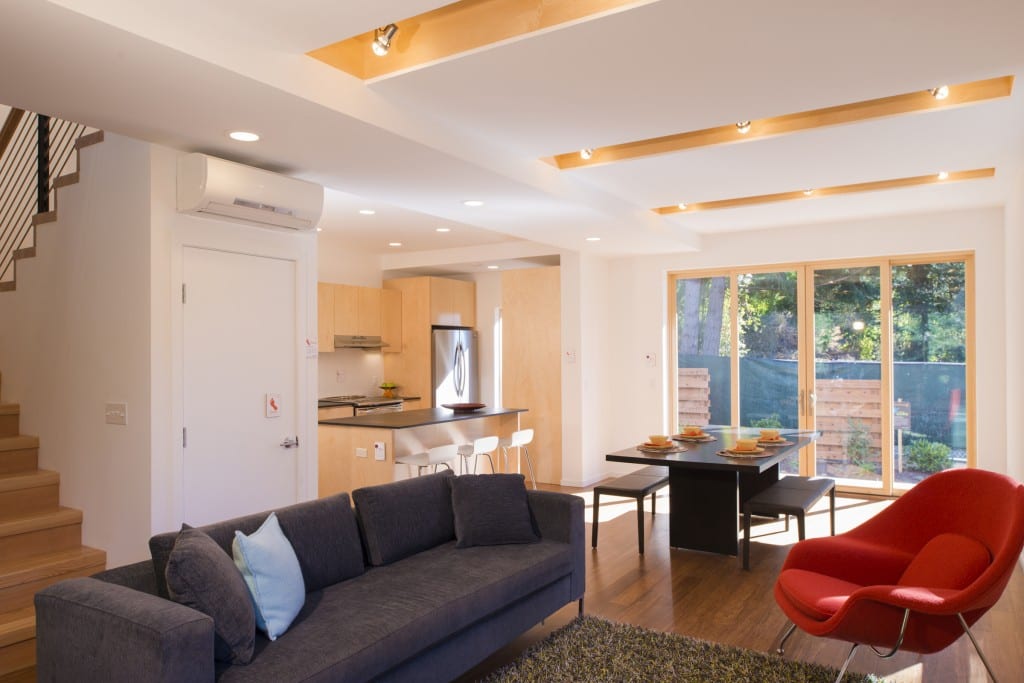 The homes are beautifully designed, light filled spaces located in small clusters with the community, all surrounding vegetable gardens. Most homeowners today prefer to have their home interiors light and breezy with plenty of sunlight, rather than heavy and cluttered. Minimalistic and open space designs are increasingly being preferred, with interior designers like Helen Coulston too gravitating towards more simple yet elegant designs, not to mention sustainable ones, of course! The neighborhood is made up of equal numbers of single-family homes for sale and multifamily homes for rent, providing different financial options for residents to live in the community. The floorplans are designed for families, for couples, for aging in place, a mix that has resulted in a truly intergenerational community.
The homes are beautifully designed, light filled spaces located in small clusters with the community, all surrounding vegetable gardens. Most homeowners today prefer to have their home interiors light and breezy with plenty of sunlight, rather than heavy and cluttered. Minimalistic and open space designs are increasingly being preferred, with interior designers like Helen Coulston too gravitating towards more simple yet elegant designs, not to mention sustainable ones, of course! The neighborhood is made up of equal numbers of single-family homes for sale and multifamily homes for rent, providing different financial options for residents to live in the community. The floorplans are designed for families, for couples, for aging in place, a mix that has resulted in a truly intergenerational community.
When we first started to design the Grow home, we weren’t sure if we could meet the net zero challenge with the given budget, but with a little determination and a dedicated team, we’ve shown it can be done. Each home and multifamily building is designed as a Net Zero home – the solar panels on the roof are enough to provide all the power needed throughout the year. At first, we were also considering secondary sources of power and heating such as propane—consulting with companies like Kelly Propane and Fuel, LLC made it seem like a viable option too. But, in the end, solar energy seemed sufficient as well as cost-effective for the whole project. The cost of construction of each of the homes is both reasonable and replicable.
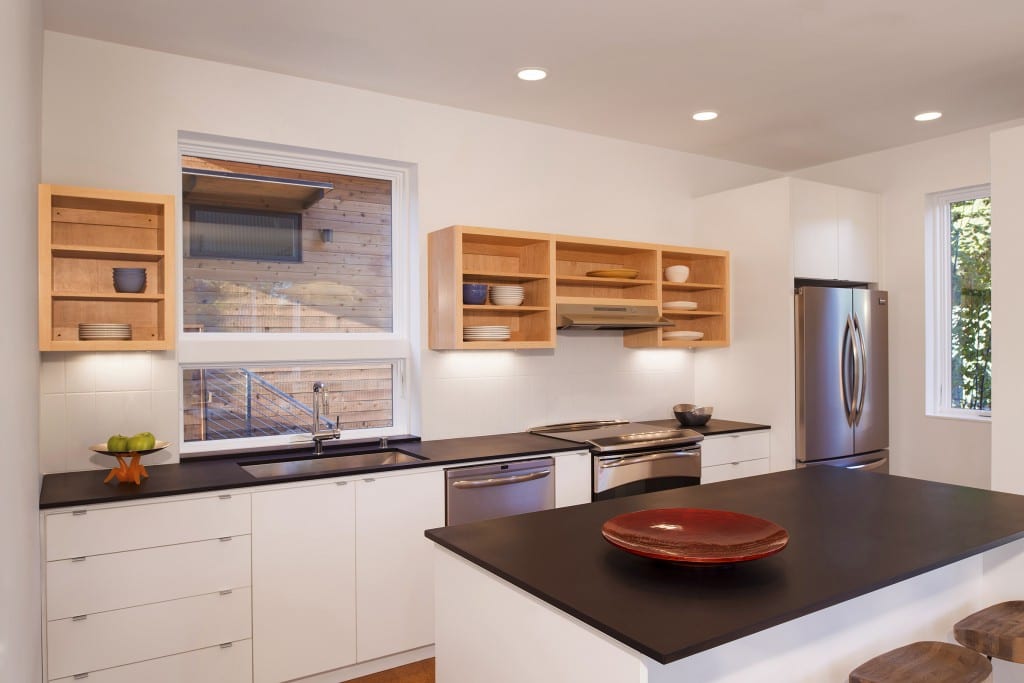 The One Planet framework was used to balance design and material choices against each of the sustainability principles. We designed an energy efficient building envelope, using local and sustainable materials wherever possible, and choose finishes that would ultimately create a comfortable and healthy home.
The One Planet framework was used to balance design and material choices against each of the sustainability principles. We designed an energy efficient building envelope, using local and sustainable materials wherever possible, and choose finishes that would ultimately create a comfortable and healthy home.
Health and Happiness is the foremost One Planet principle driving design decisions both for the individual homes and for the community as a whole. Each house is built using the highest quality materials to create a healthy indoor living environment, including:
• Marvin Integrity word/fiberglass windows avoid the use of PVC in the homes;
• Cork or local sustainably harvested wood floors with non-toxic finishes create local and healthy flooring options;
• Silent and highly efficient mini-split heat pumps to maintain comfortable temperatures;
• Cabinets with no added formaldehyde, recycled content countertops and induction cooktops for sustainable and well-appointed kitchens; and
• Optional whole house water filters.
 The community itself is designed around numerous vegetable gardens, with native plants and vegetation throughout to create natural and inviting places for children and adults to enjoy. The neighborhood is located just a short walk from urban amenities, enabling residents to walk or ride, incorporating exercise into their daily lives. A community center will provide a space for yoga classes, cooking demonstrations, and community events.
The community itself is designed around numerous vegetable gardens, with native plants and vegetation throughout to create natural and inviting places for children and adults to enjoy. The neighborhood is located just a short walk from urban amenities, enabling residents to walk or ride, incorporating exercise into their daily lives. A community center will provide a space for yoga classes, cooking demonstrations, and community events.
It is our home that this One Planet neighborhood will change the way we approach urban design. We created the project to demonstrate how developers might design projects that have a net positive impact, not only on the environment, but on the way people live, creating healthier and more satisfying lifestyles in urban areas. The Grow Community homes are not just good for the environment, they are a place for people to live healthy and affordable lives, to connect with their neighbors, their community and nature.
Visit www.growbainbridge.com
the Everett Becomes Part of NEEA’s Pilot Project: Next Step Homes
/in Building The Future, Carbon Free, Design, Energy, Grow News, News, News at Grow, The Homes /by Grow TeamThe Everett model home was selected to be part of NEEA‘s (Northwest Energy Efficiency Alliance) pilot project: Next Step Homes. We at Grow Community are excited to have a home that will help set this new standard of efficiency. The purpose of this pilot – partnering with a select group of builders across the Northwest – is to determine the most cost-effective ways to build homes that will achieve the greatest energy savings.
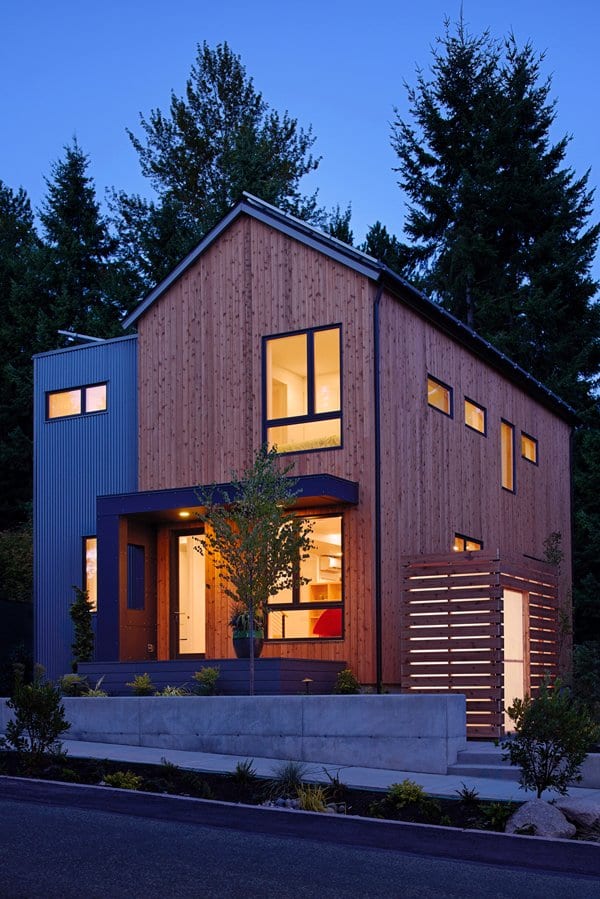 NEEA plans to use the findings from the pilot to set the next level of high performance home efficiency standards for the Northwest region. The Everett has been selected as one of ten homes in the four-state region, including Montana, Idaho, Oregon and Washington, and will be monitored for efficiency performance for 13 months to determine if the home operates as designed once occupied.
NEEA plans to use the findings from the pilot to set the next level of high performance home efficiency standards for the Northwest region. The Everett has been selected as one of ten homes in the four-state region, including Montana, Idaho, Oregon and Washington, and will be monitored for efficiency performance for 13 months to determine if the home operates as designed once occupied.
NEEA works in collaboration with its stakeholders and strategic market partners to accelerate the sustained market adoption of energy efficient products, technologies and practices. Its mission is to mobilize the Northwest to become increasingly energy efficient for a sustainable future. Grow Community is proud to partner with NEEA, leading the way towards a more sustainable future of home-building.
Backers see $60M Grow Community as prototype for going super green
/in 5 Minute Lifestyle, Activist Development, Building The Future, Carbon Free, Design, Designing Health, Energy, Food & Local Economy, Grow News, News, News at Grow, One Planet Living, Quality of life, The Homes, Transportation, Water & Waste /by Grow TeamSustainable Business: Washington state’s largest solar community tests the marketplace
/in 5 Minute Lifestyle, Activist Development, Building The Future, Carbon Free, Design, Designing Health, Energy, Food & Local Economy, Grow News, News, News at Grow, One Planet Living, Quality of life, The Homes, Transportation, Water & Waste /by Grow TeamABOUT GROW COMMUNITY
Grow Community is an urban Net Zero neighborhood on Bainbridge Island, just a 35-minute ferry ride from downtown Seattle. With beautifully designed solar-powered homes, shared community gardens and clean transportation options, Grow allows all generations to enjoy a high-quality and healthy lifestyle.






